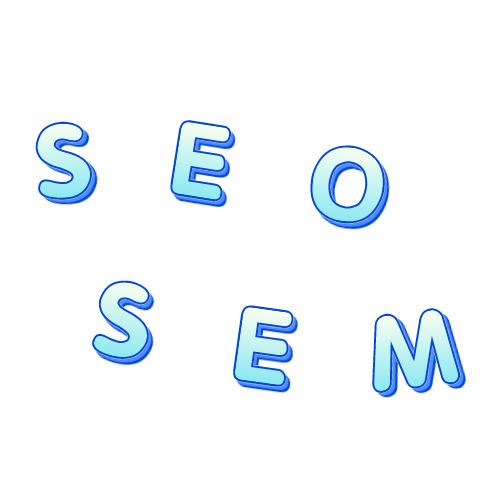Keyword Research:
Identify relevant keywords related to your content or business using tools like Google Keyword Planner, SEMrush, or Ahrefs.
Focus on long-tail keywords that are specific to your niche.
On-Page Optimization:
Include your target keywords in the title tag, meta description, and heading tags (H1, H2, etc.).
Use descriptive and engaging meta descriptions that encourage click-throughs.
Ensure your content is well-structured with clear headings and subheadings.
Optimize images by using descriptive filenames and alt text.
Content Quality:
Create high-quality, relevant, and valuable content for your audience.
Regularly update your content to keep it fresh and relevant.
Use a mix of text, images, and other media to enhance user engagement.
Mobile Optimization:
Ensure your website is mobile-friendly and responsive.
Google uses mobile-first indexing, so prioritize mobile optimization for a better ranking.
Page Speed:
Improve your website’s loading speed. Google considers page speed as a ranking factor.
Compress images, use browser caching, and minimize server response time.
Backlink Building:
Build high-quality backlinks from reputable websites in your industry.
Focus on natural link-building techniques rather than buying links.
User Experience:
Prioritize a positive user experience with easy navigation and a clean design.
Reduce bounce rates by providing relevant content and a clear call-to-action.
Local SEO:
If applicable, optimize your website for local searches.
Claim and optimize your Google My Business listing.
Social Signals:
Engage in social media to promote your content and increase visibility.
Social signals may indirectly impact search rankings.
Analytics and Monitoring:
Use tools like Google Analytics and Google Search Console to monitor website performance.
Track your SEO efforts and adjust your strategy based on data.
Security (HTTPS):
Ensure your website is secure by using HTTPS. Google gives preference to secure websites.
Structured Data:
Implement structured data markup (Schema.org) to provide additional context to search engines.
Remember, SEO is an ongoing process, and staying updated with industry trends and search engine algorithm changes is crucial for long-term success. Regularly audit and refine your strategy based on performance data.




